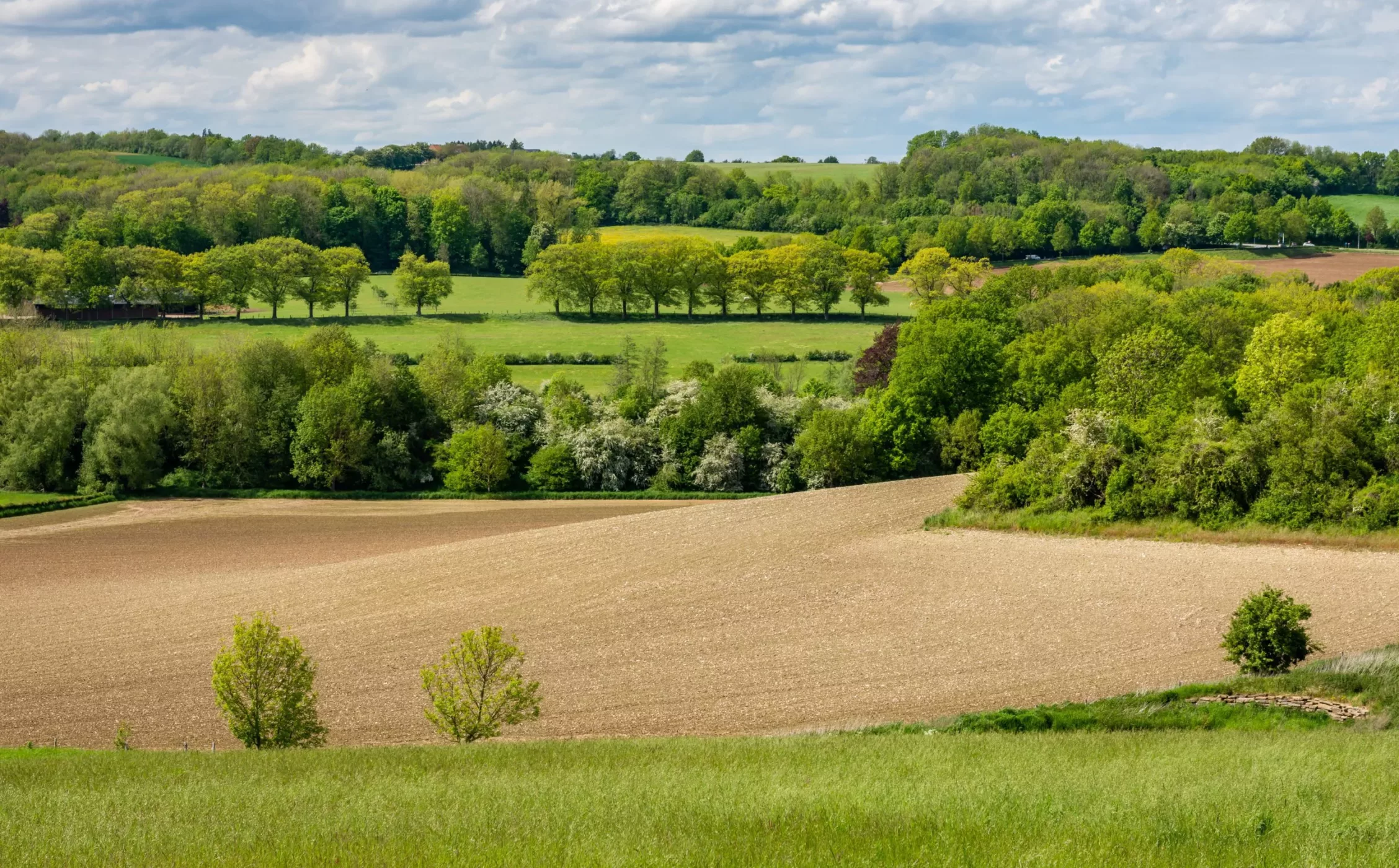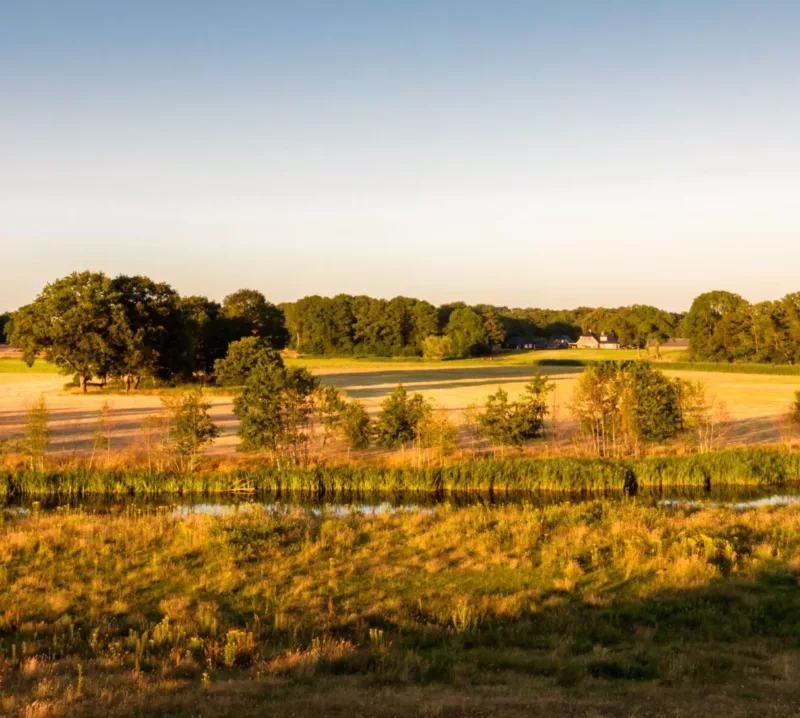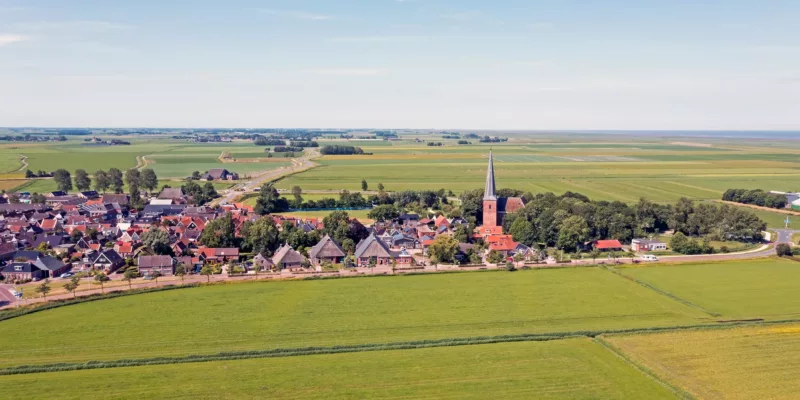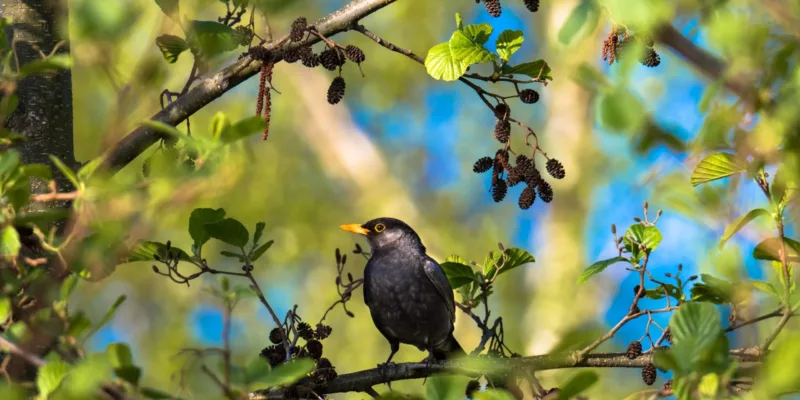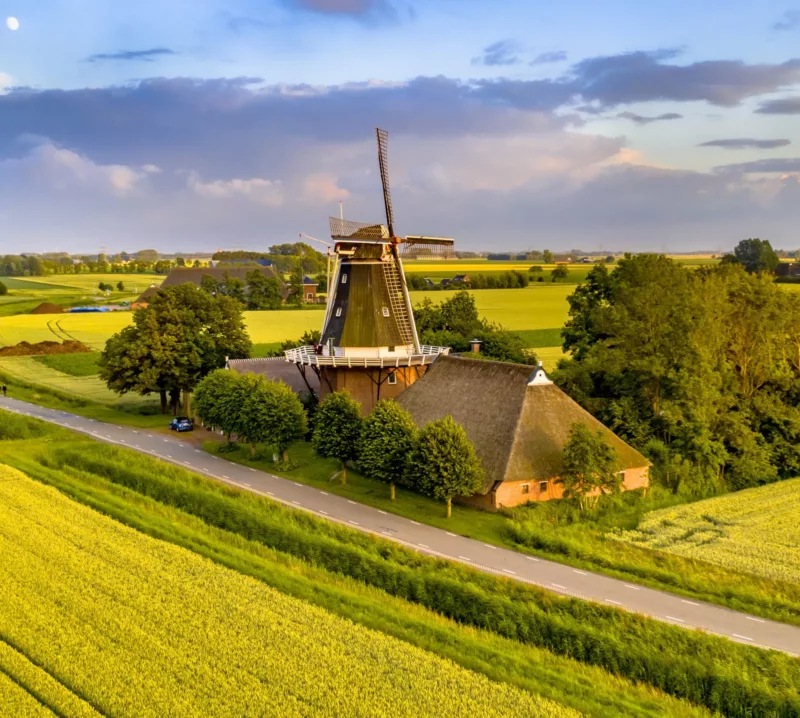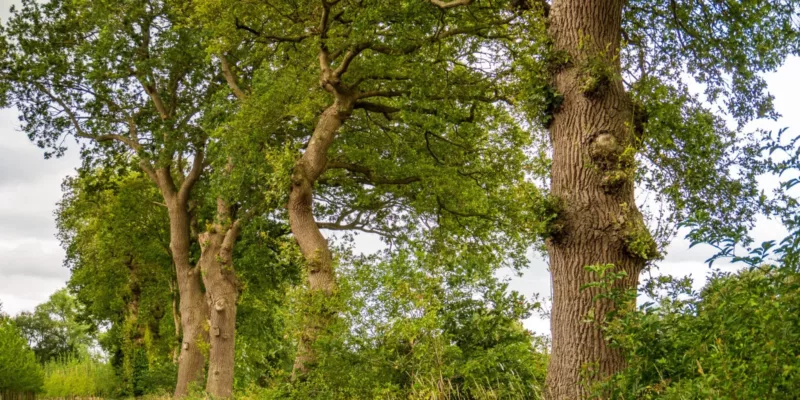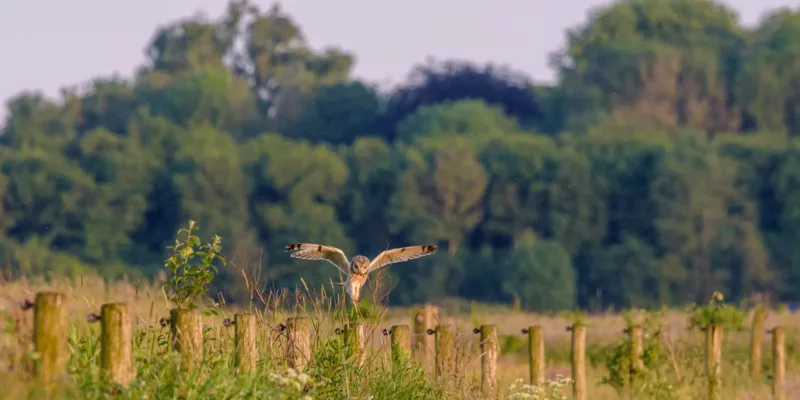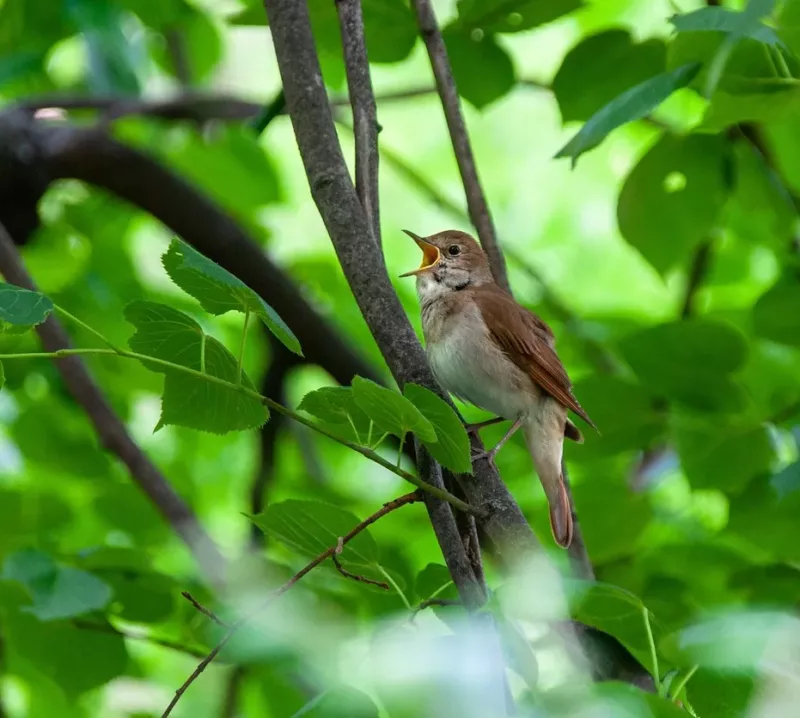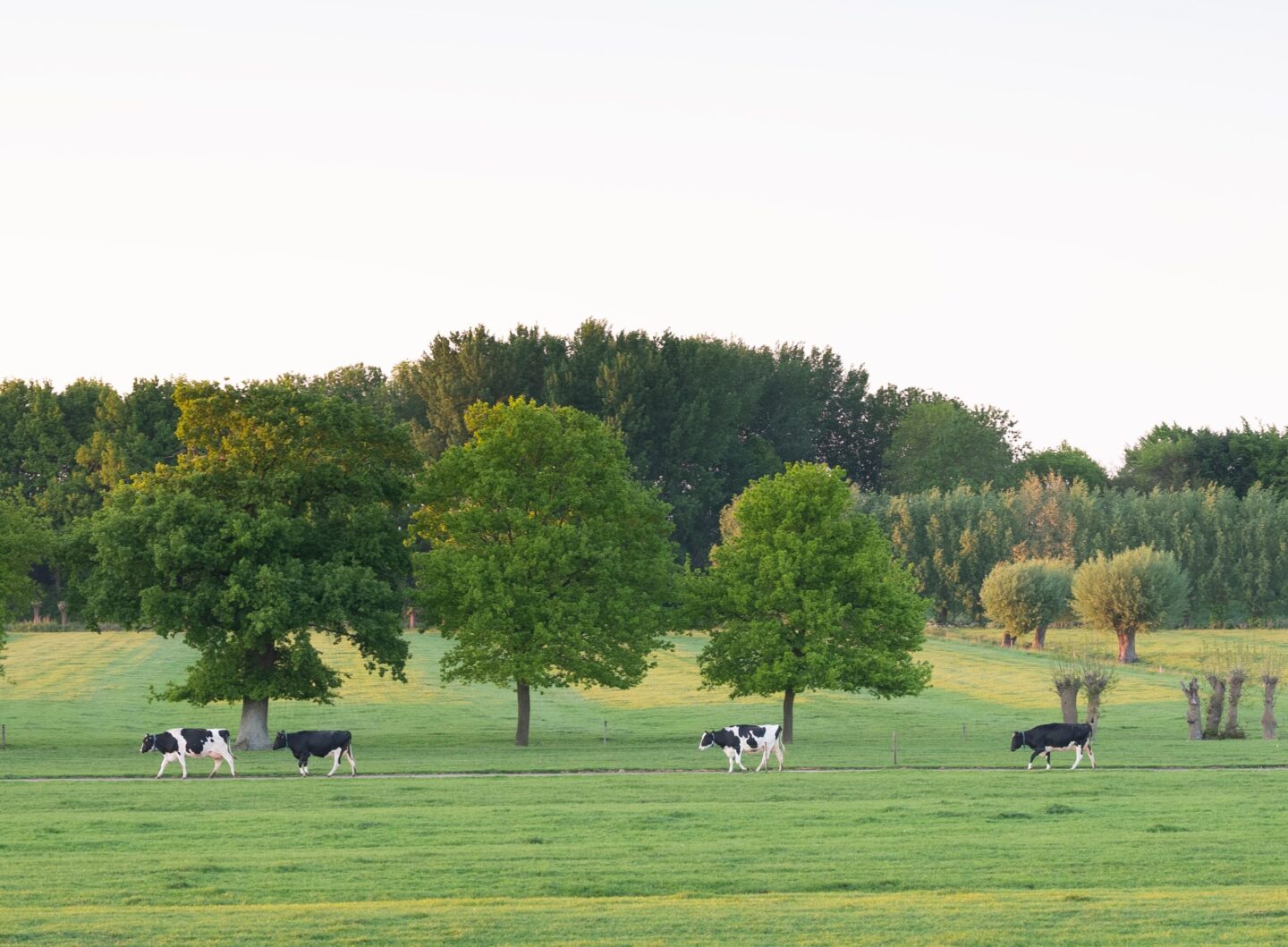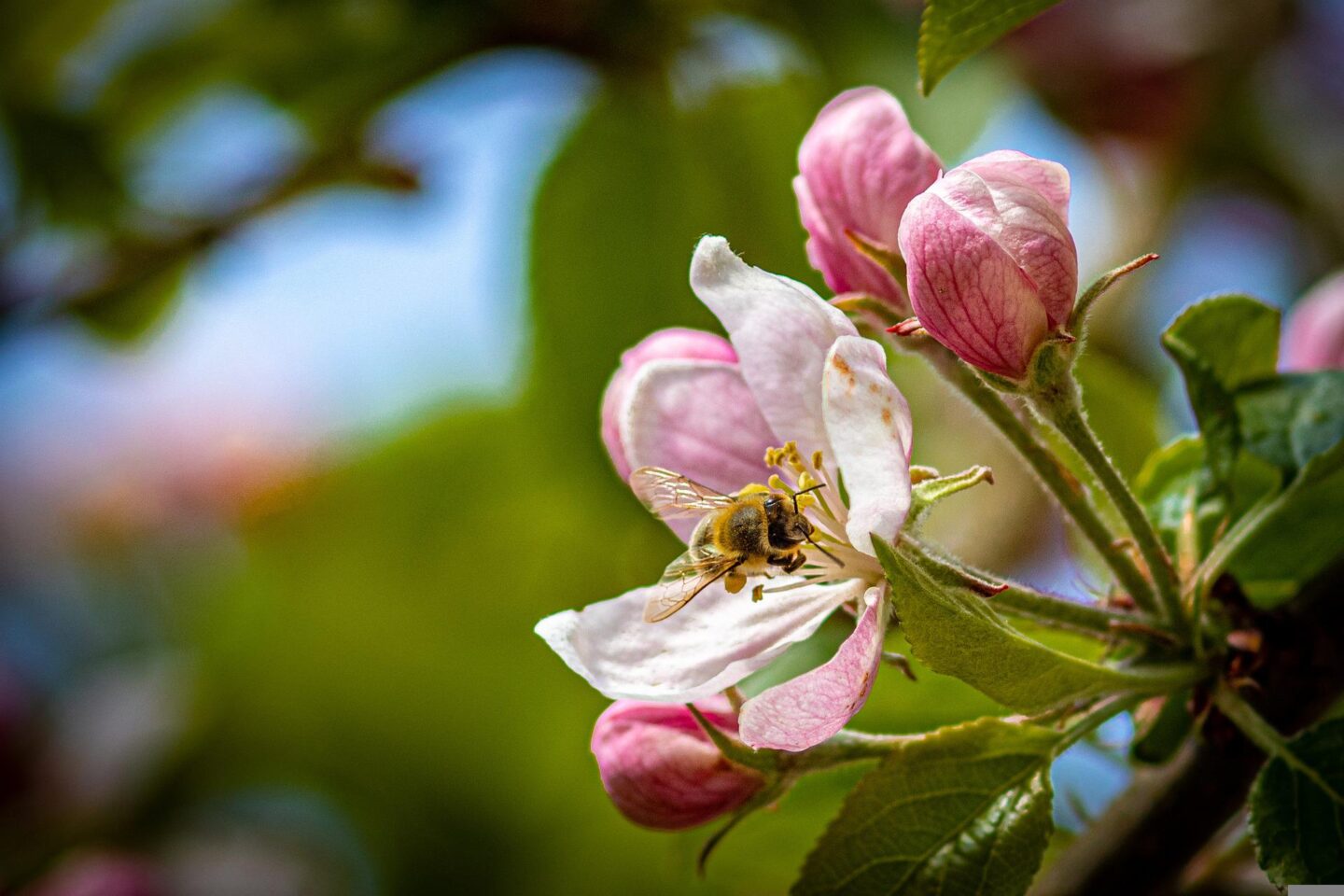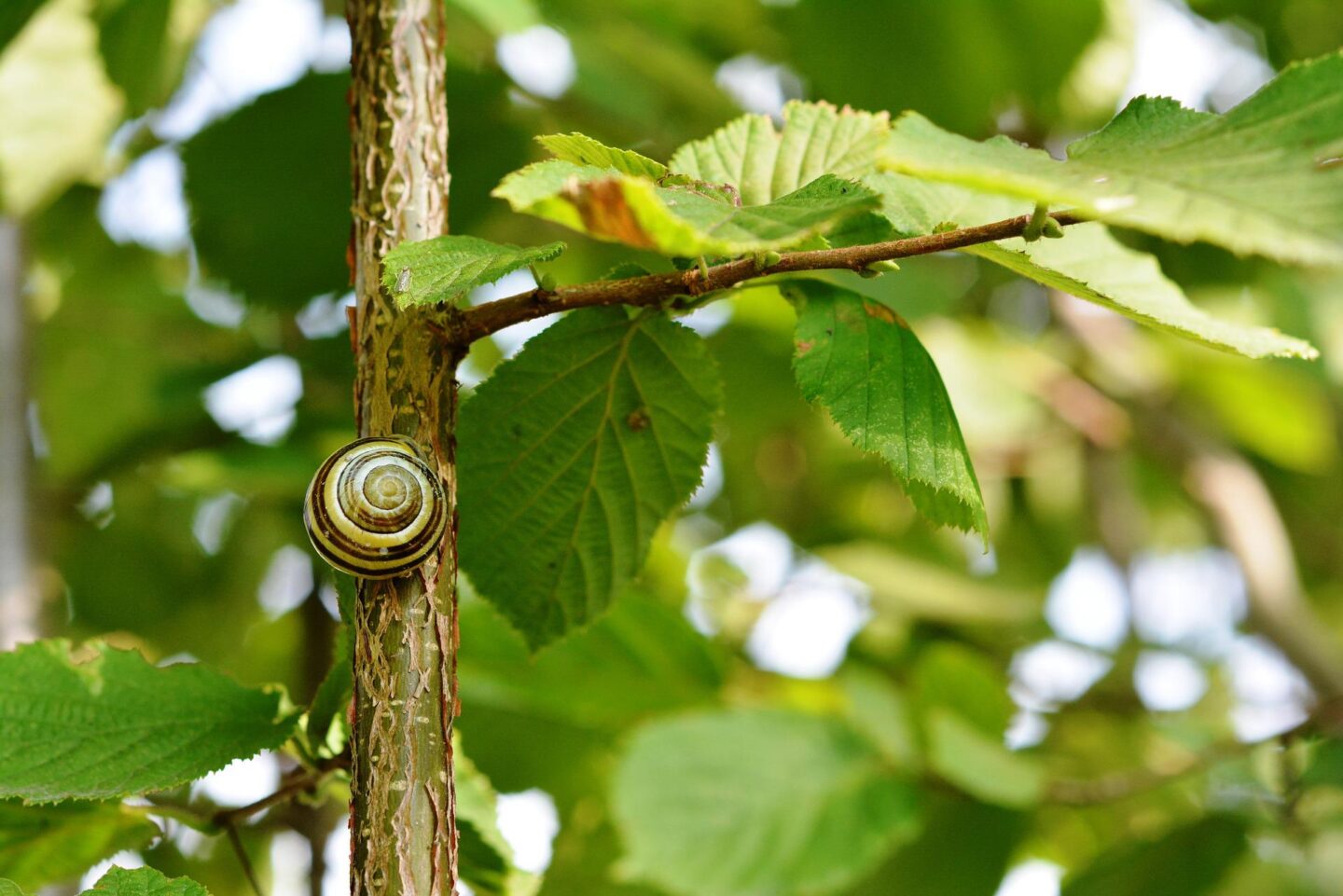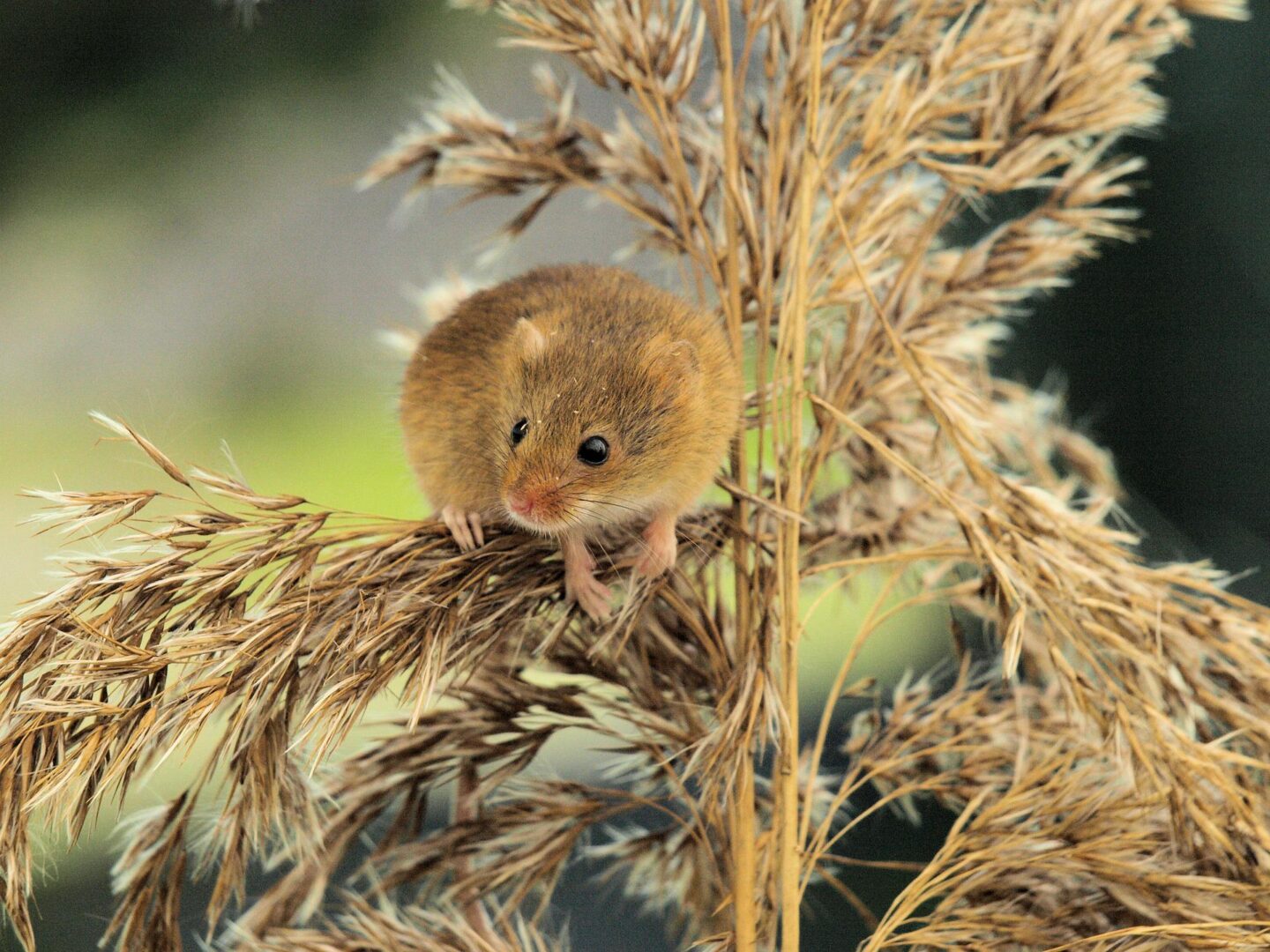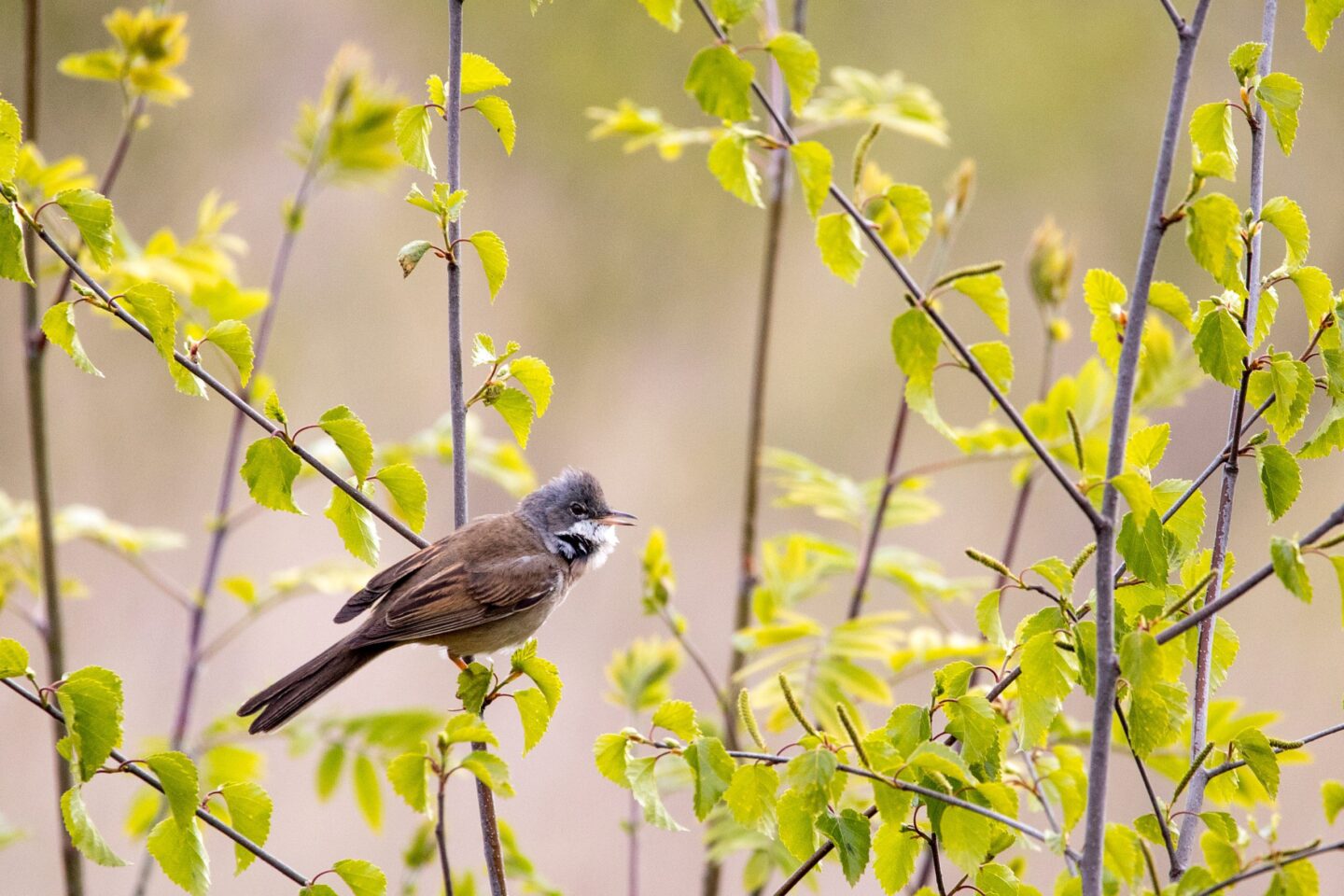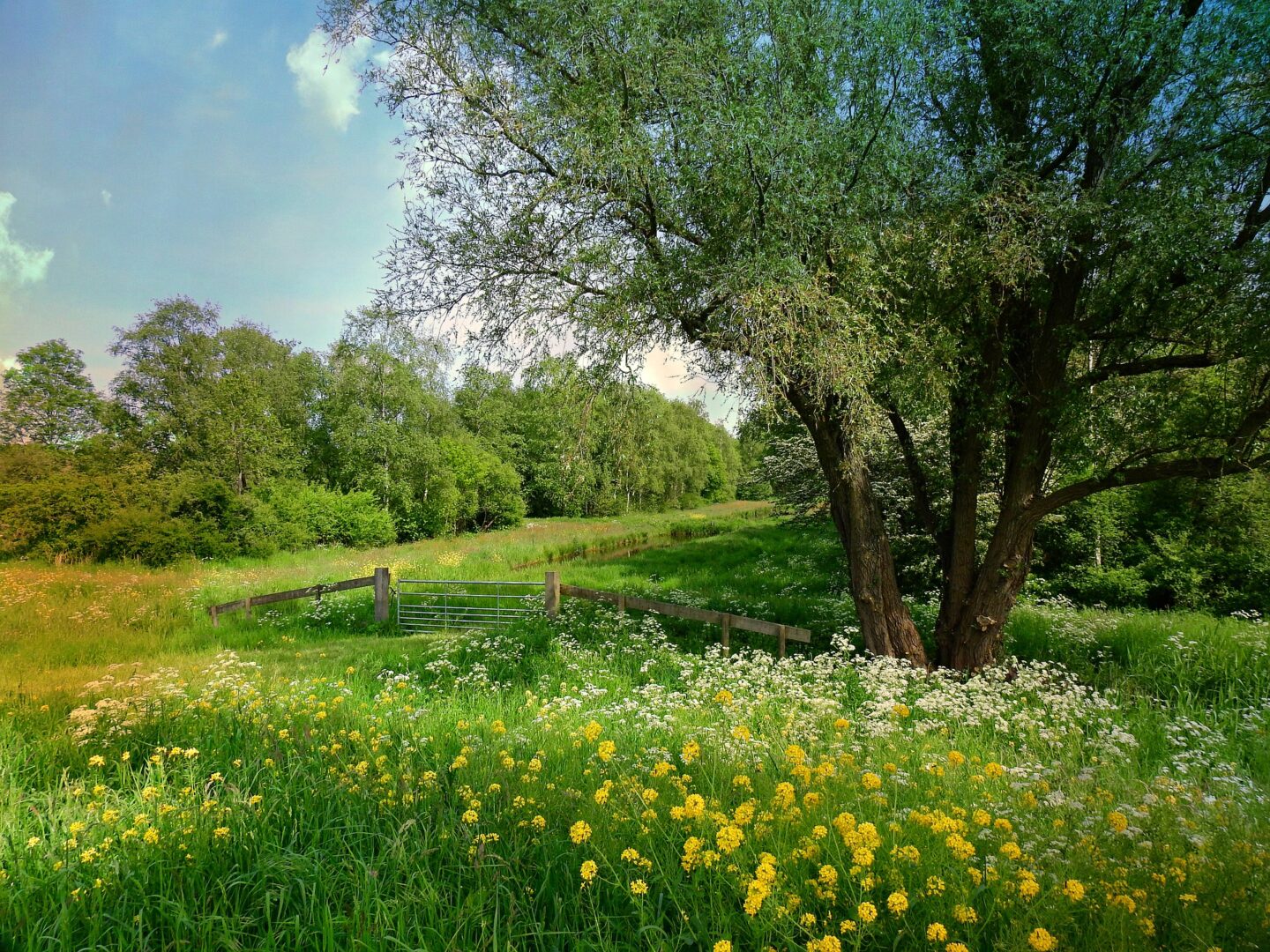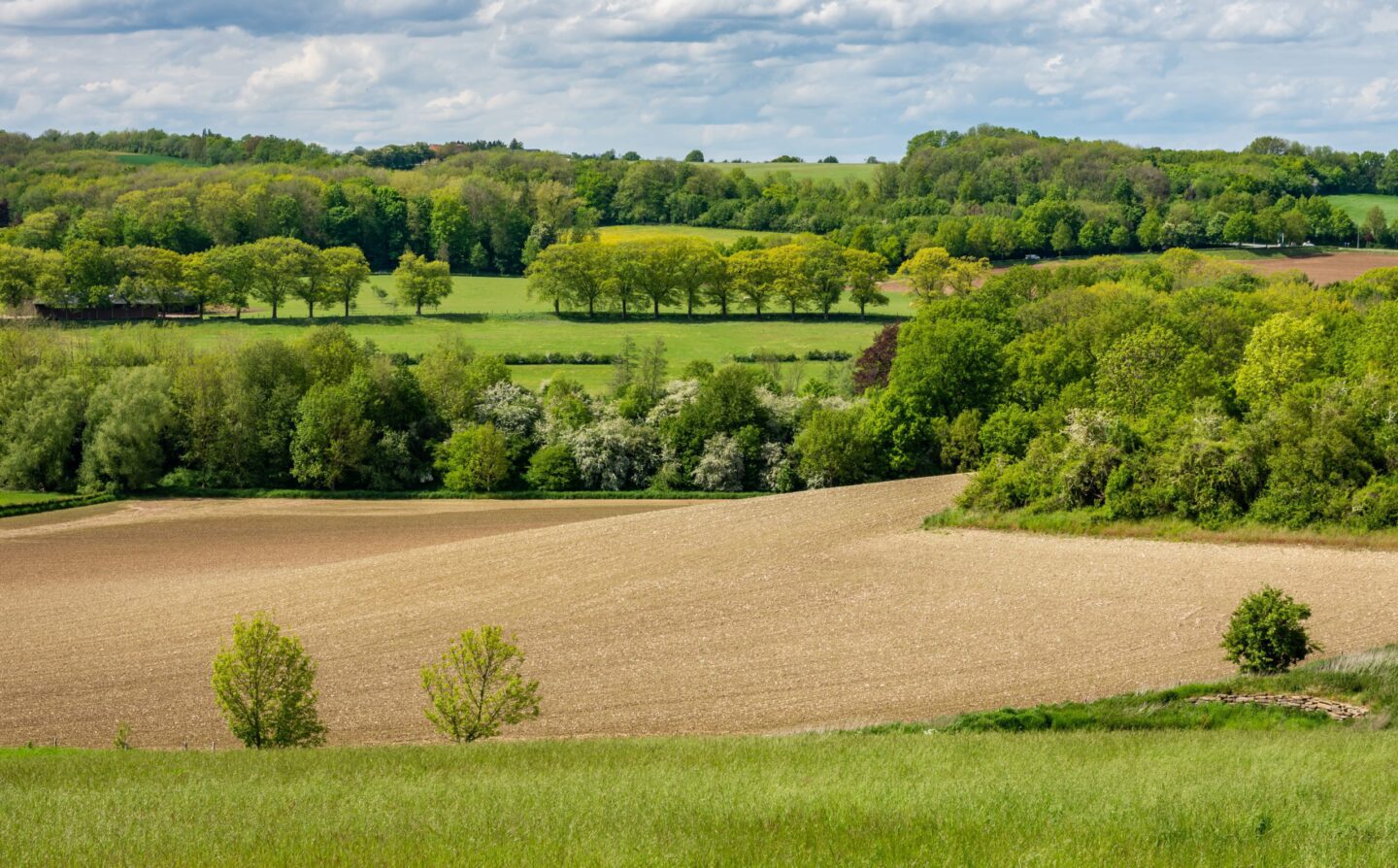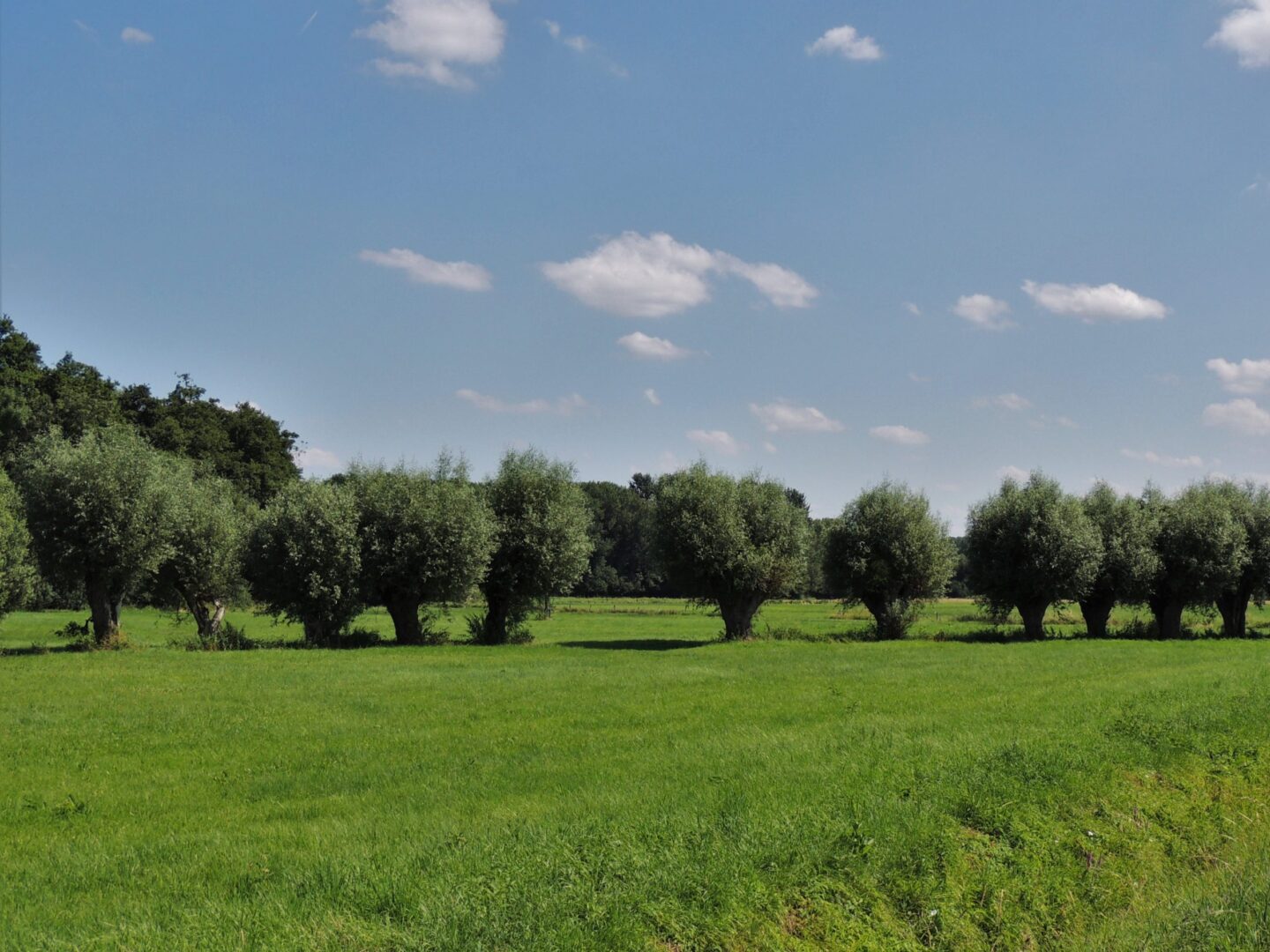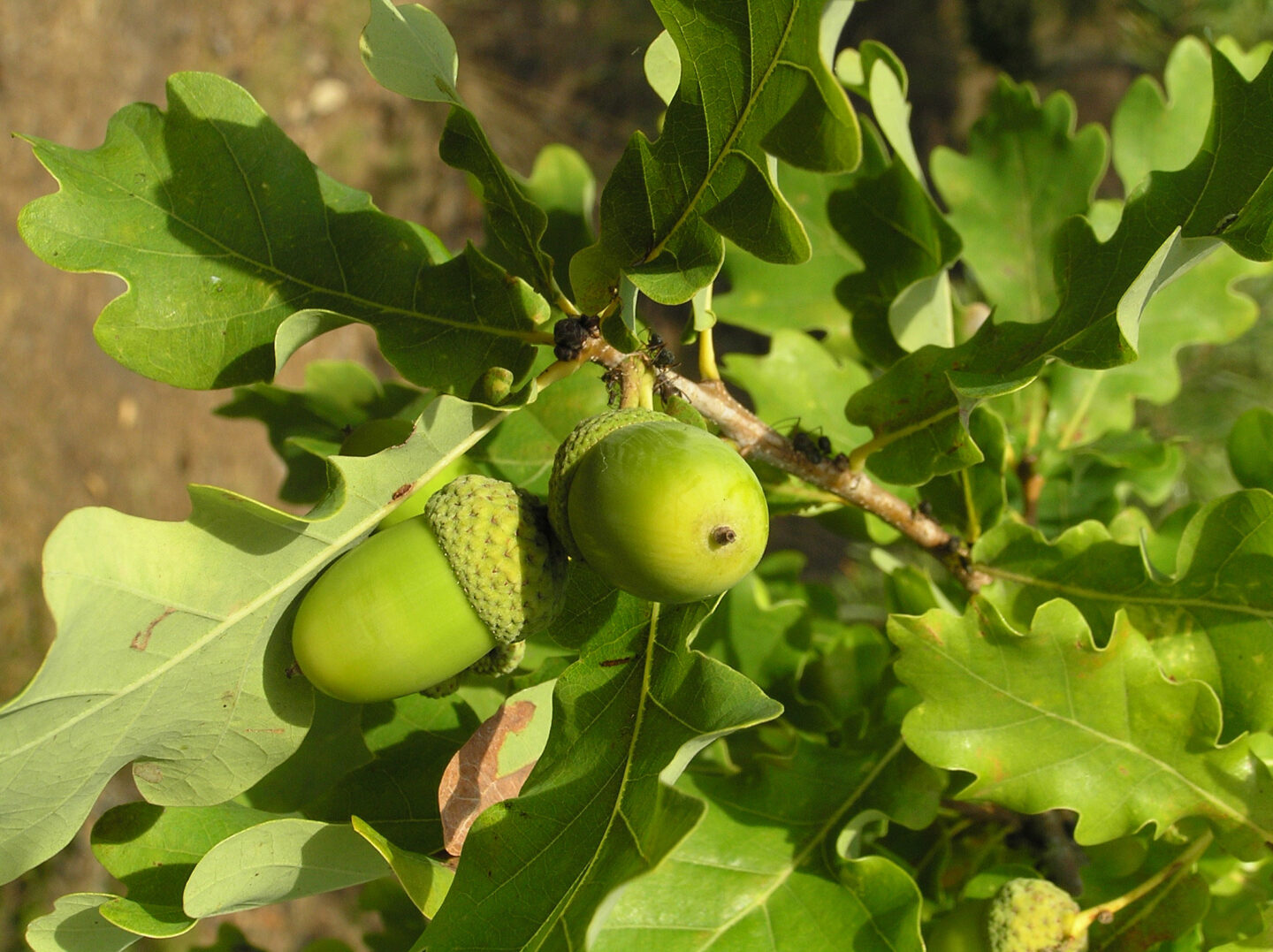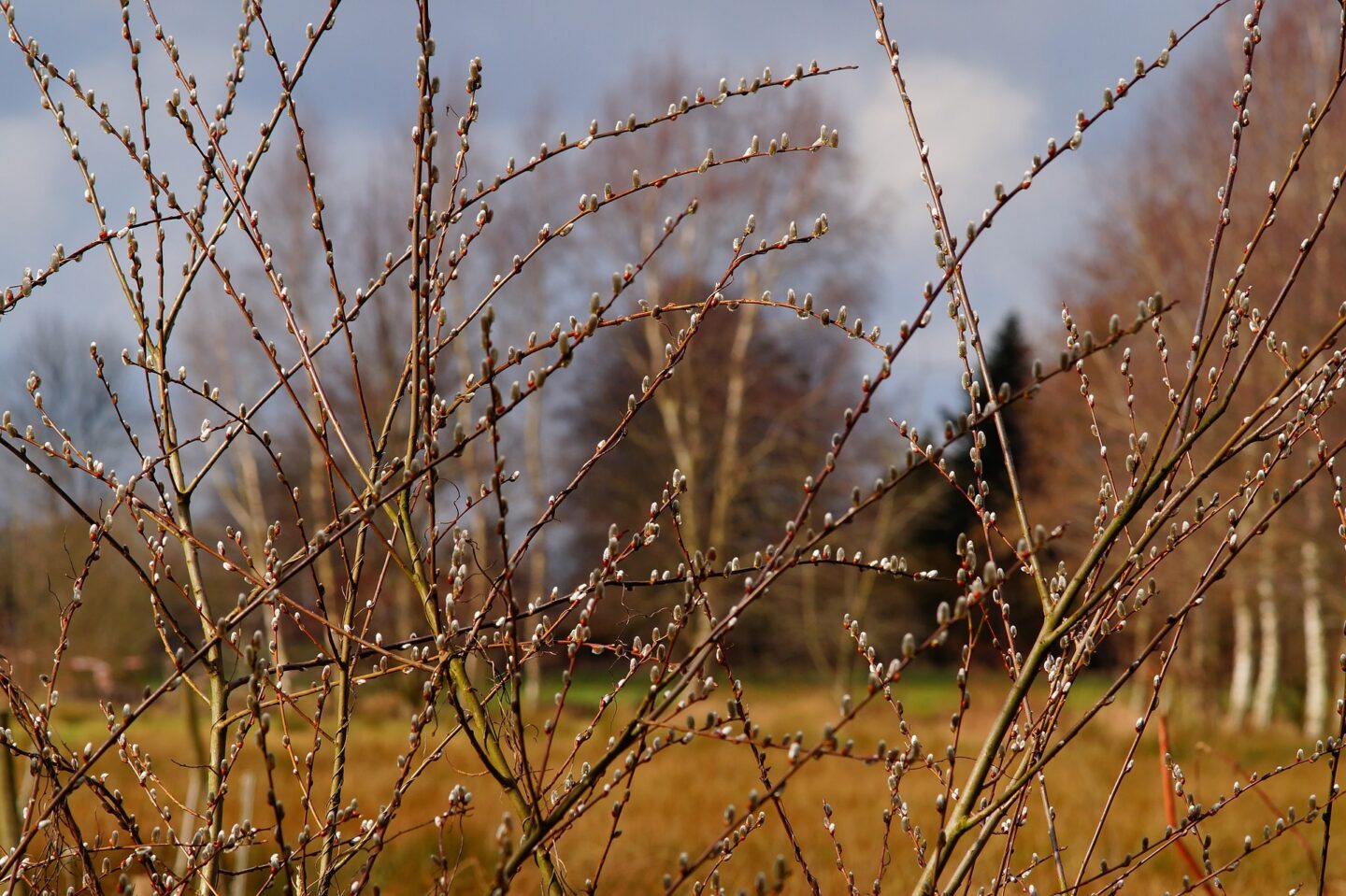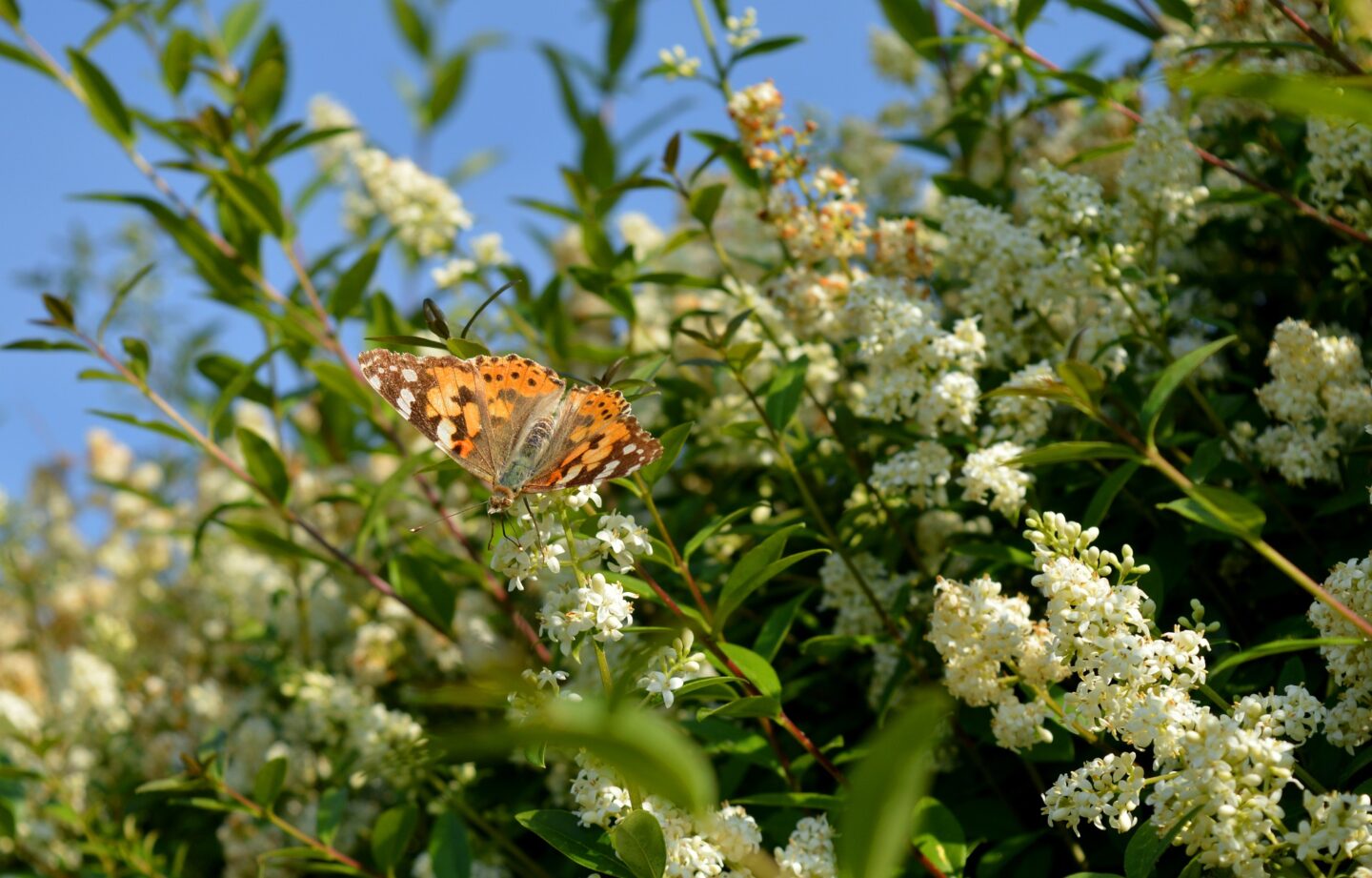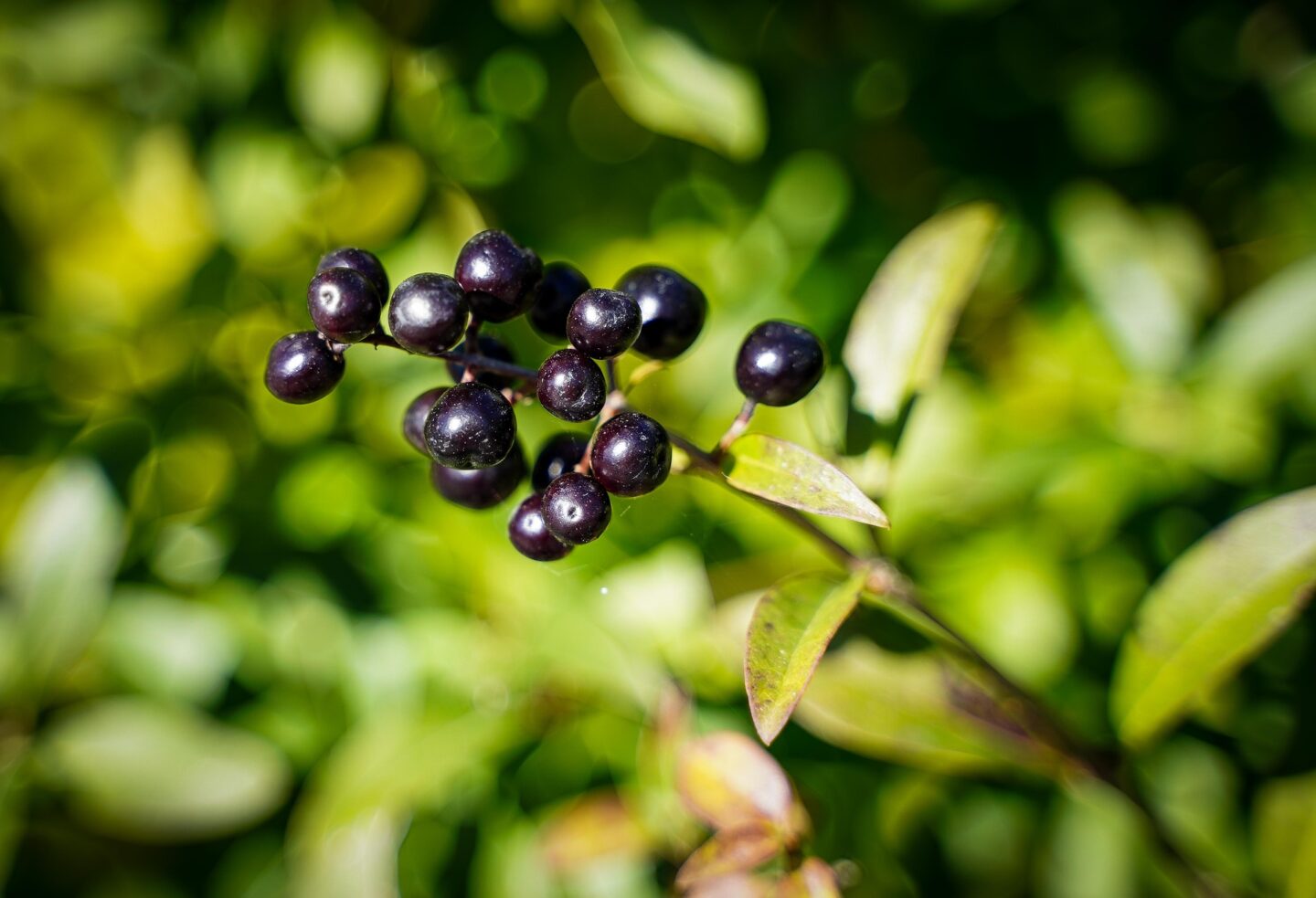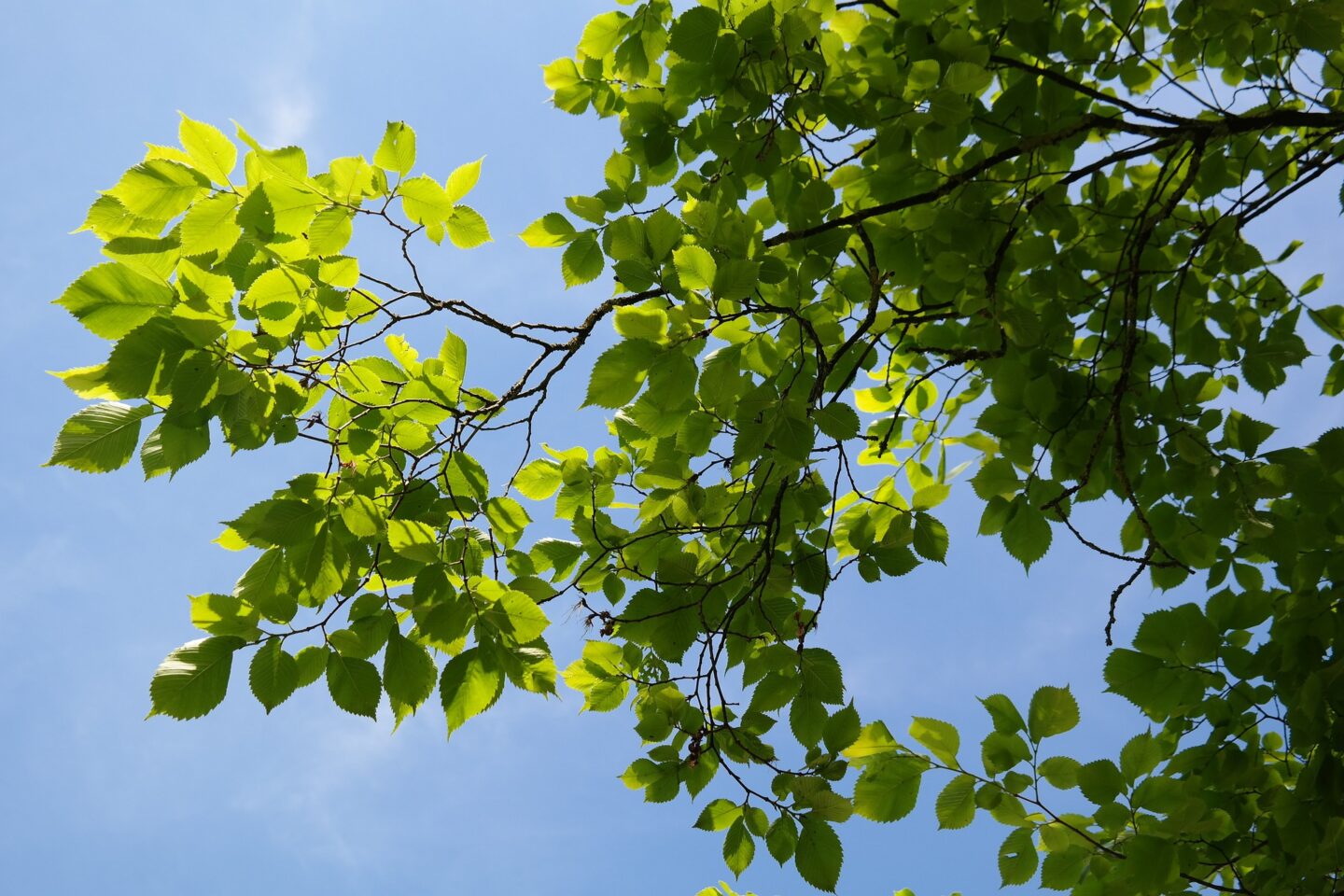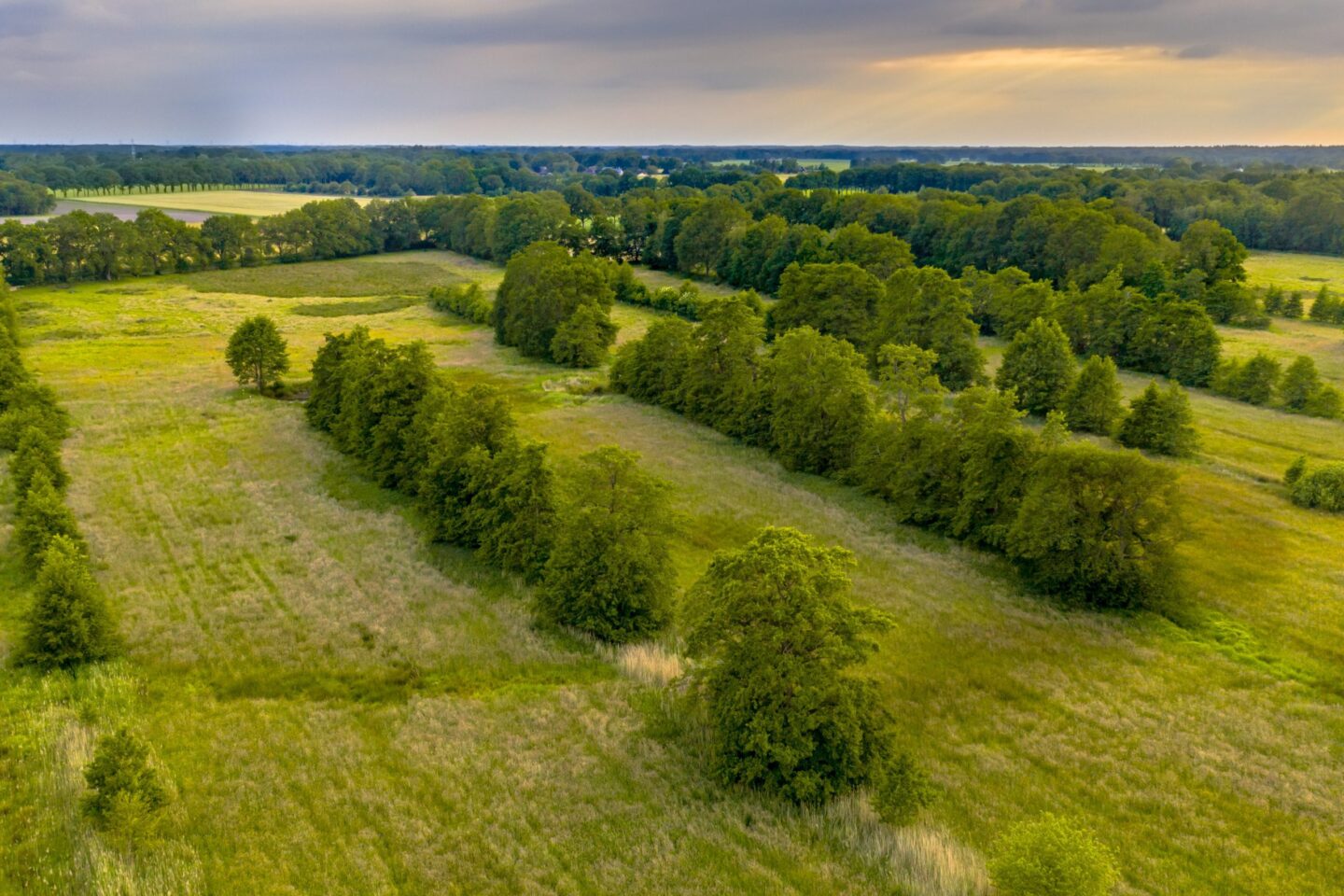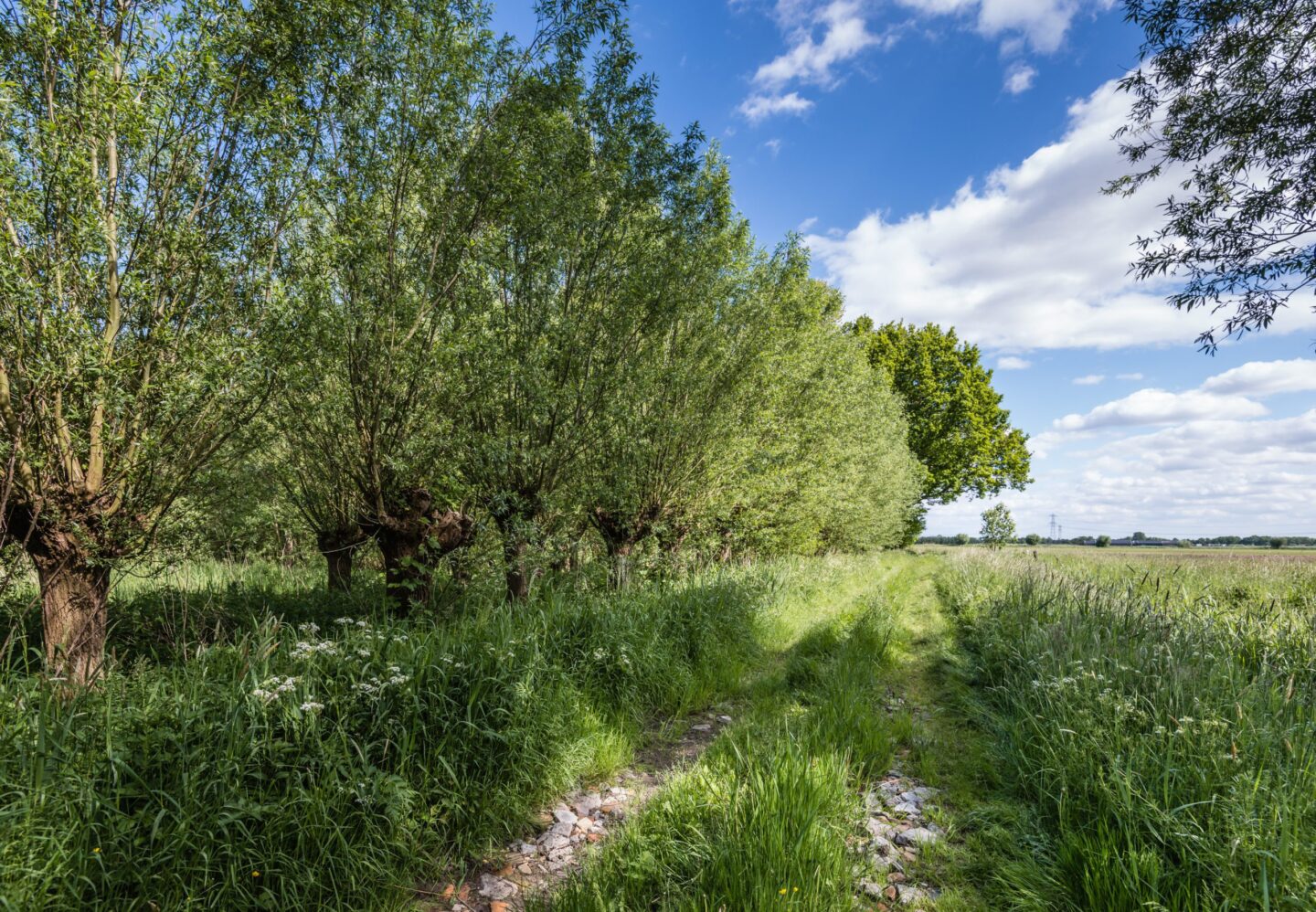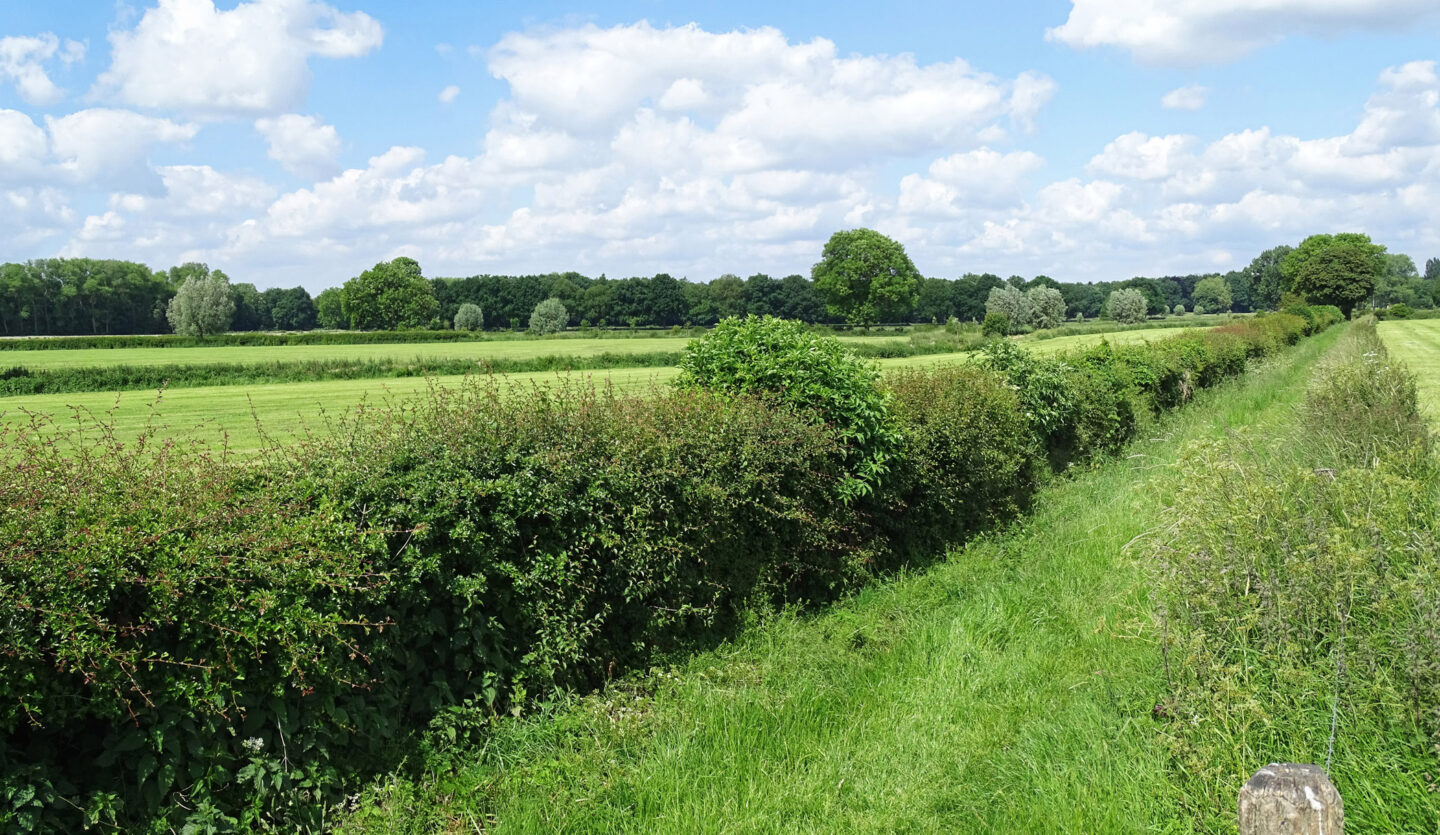4. Nature-friendly agriculture
Healthy and fertile soil is also an advantage for farmers who grow crops on their land. In addition, landscape elements have other benefits to nature-friendly farming. The trees and shrubs attract insects, stimulating the pollination of flowers, plants and trees. And that, in turn, improves the growth of agricultural crops, such as fruit, lettuce or cabbage. Moreover, landscape elements help to combat pests, meaning that farmers need to use fewer crop protection products. And of course, healthy soil is also important for agriculture! In short, landscape elements contribute in all sorts of ways to environmentally friendly agriculture and to the conservation of biodiversity.
5. Healthy living conditions
Green surroundings are pleasant for both people and animals. Trees provide oxygen, clean air and shade on hot days. Moreover, landscape elements lend a unique character to a landscape: from the hills of Limburg to the dunes on the coast. If these elements disappear, then not only do we lose a great deal of history, but we also lose the pleasant surroundings for residents, tourists and animals.
